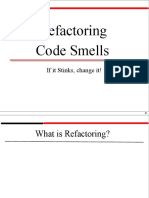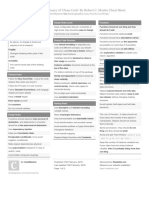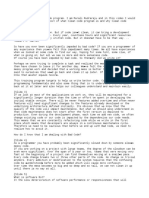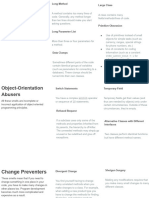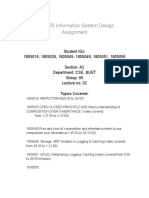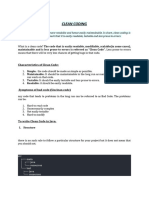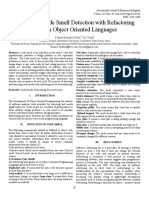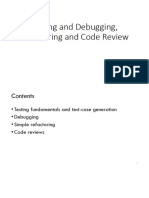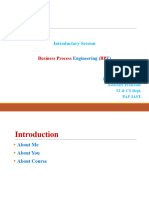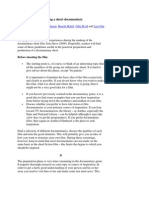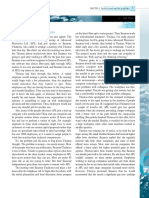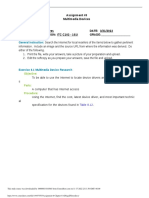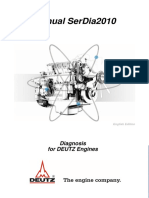0% found this document useful (0 votes)
12 views22 pages007-Code Refractoting Code Smells-20250210
The document discusses software refactoring, which is the process of improving code readability, maintainability, and extensibility without altering its external behavior. It highlights the importance of identifying 'code smells'—indicators of poor code quality—and outlines various types of code smells that suggest when refactoring is necessary. Additionally, it emphasizes the need for systematic and safe refactoring practices to mitigate risks while enhancing software design.
Uploaded by
MANI 96 FFCopyright
© © All Rights Reserved
We take content rights seriously. If you suspect this is your content, claim it here.
Available Formats
Download as PDF, TXT or read online on Scribd
0% found this document useful (0 votes)
12 views22 pages007-Code Refractoting Code Smells-20250210
The document discusses software refactoring, which is the process of improving code readability, maintainability, and extensibility without altering its external behavior. It highlights the importance of identifying 'code smells'—indicators of poor code quality—and outlines various types of code smells that suggest when refactoring is necessary. Additionally, it emphasizes the need for systematic and safe refactoring practices to mitigate risks while enhancing software design.
Uploaded by
MANI 96 FFCopyright
© © All Rights Reserved
We take content rights seriously. If you suspect this is your content, claim it here.
Available Formats
Download as PDF, TXT or read online on Scribd
/ 22

























